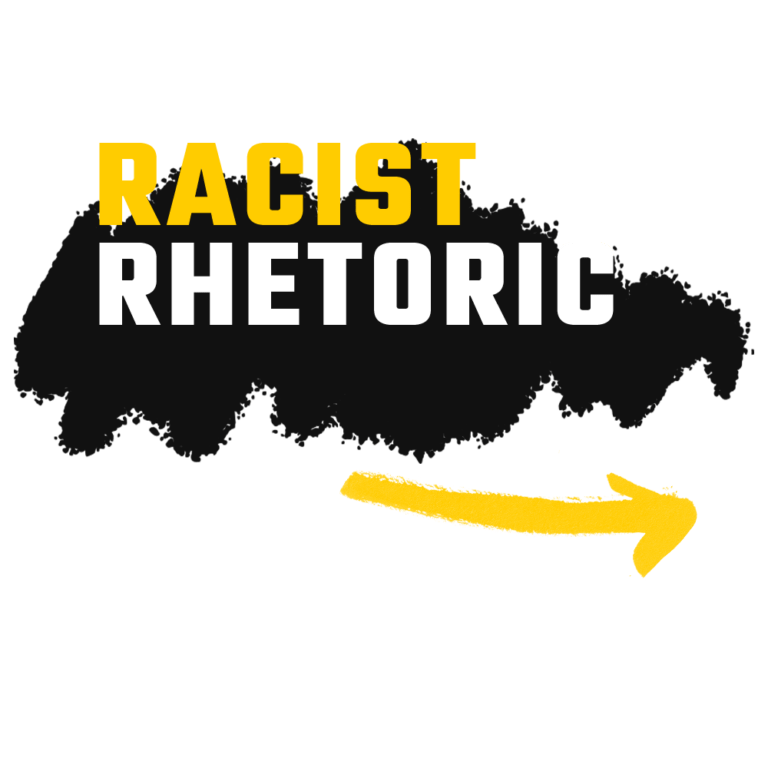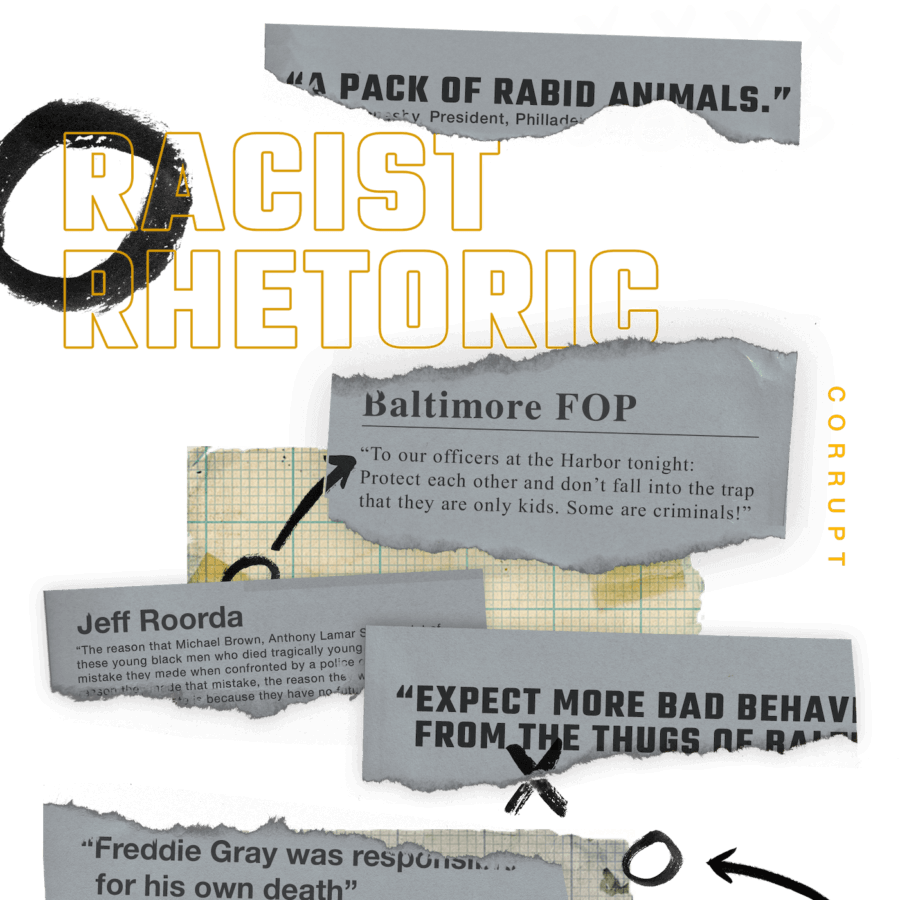Disinformation and Racist Rhetoric
Mislead the Public About Police Shootings
Police unions regularly share disinformation — deliberately spreading false information with the intent to mislead, influence public opinion, and obscure the truth — such as inaccurate or false information about police-involved shootings intended to mislead the public. Despite this, journalists tend to take them at their word. This allows police unions to shape the narrative around police shootings and garner public support for officers who kill or seriously injure unarmed people.


Police union leaders often use racist rhetoric to defend officers who engage in violence and cast the victims of police violence as dangerous criminals.
- “A pack of rabid animals.” – John McNesby, President, Philadelphia FOP on BLM
- “To our officers at the Harbor tonight: Protect each other and don’t fall into the trap that they are only kids. Some are criminals!” – Tweet from Baltimore City FOP
- “Expect more bad behavior from the THUGS OF BALTIMORE” – Lt. Victor Gearhart, first Vice President of the Fraternal Order of Police Lodge 3 in Baltimore
- “By now you have seen the THUGS from black Lives Matter and other similar groups.” – Lt. Victor Gearhart, first vice president of the Fraternal Order of Police Lodge 3 in Baltimore
- “This terrorist movement [BLM] that is currently occuring was a long time build up which dates back years.” – Bob Kroll
- “The reason that Michael Brown, Anthony Lamar Smith, a lot of these young black men who died tragically young because of a mistake they made when confronted by a police officer, the reason they made that mistake, the reason they were so hopeless and desperate is because they have no future.” – Jeff Roorda
- “Freddie Gray was responsible for his own death. Had he complied, he would’ve been buckled in the back of that van. He wasn’t because the officers didn’t think they could safely get back there with a combative suspect in that small area that you had in the back of the conveyance van to buckle him in. That’s on him, that’s not on those police officers.” – Jeff Roorda
Copaganda
When facing criticism, police unions will use public relations tactics to create widespread public persuasion campaigns, including the use of bought ad time and media op-eds to sway public opinion in their favor.
But it doesn’t
stop there.
See the worst hits of racism and violence, straight from the mouths of police union leaders
